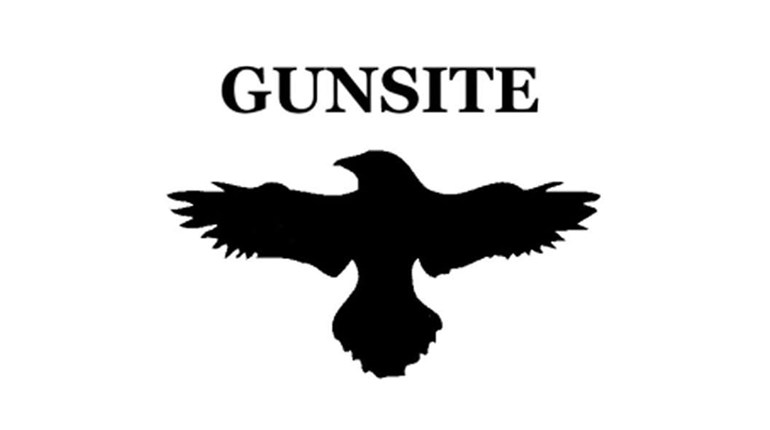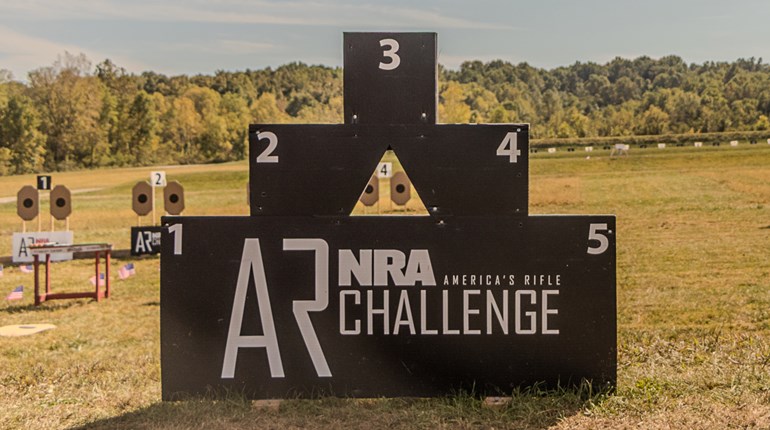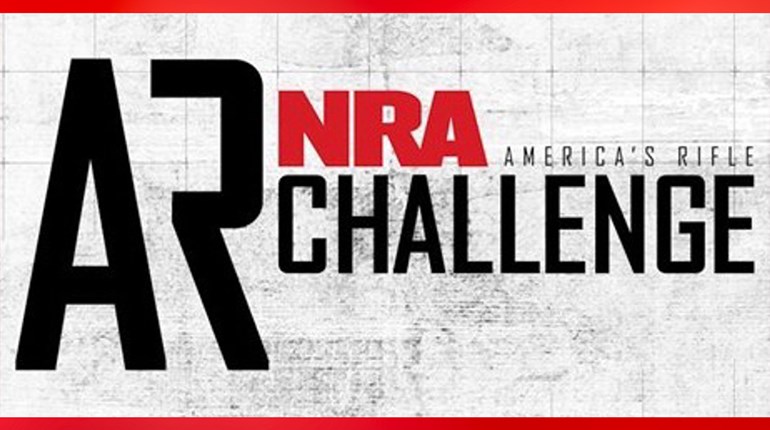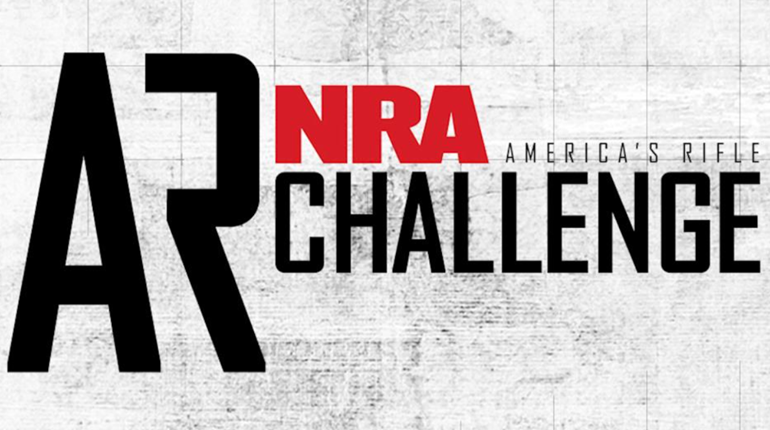
If you consider only the lowest-hanging fruit, there are still about six ways to come at an “Exercise Your Freedom” column about Gunsite Academy. Choosing the most proximate topic, you’d have to observe how close to the 40th anniversary of the original school of “The Modern Technique” of pistol craft we are. The first week in October will mark the actual occasion, but don’t gloss over those 40 years: No other remotely similar institution comes close to that longevity, or the pervasiveness of its influence.

How such influence came to be is just one thread in the story. While Gunsite graduates and instructors would certainly tell you techniques and many facets of equipment have evolved since the American Pistol Institute days, the seminal essentials remain just as the late Lt. Col. Jeff Cooper (USMC) originally defined them. And when you look at where he began—with the decisively inadequate one-handed mechanics and body positions little changed in several centuries prior to the 1950s—it begins to dawn what an achievement his distillation and subsequent handgunning revolution was.
Fad after fancy after fetish have since shivered themselves to bits on the Combat Triad (mindset, gun-handling and marksmanship), the Color Code and DVC. Nobody really knows how many law enforcement officers, members of the armed forces and plain old citizens have saved themselves or protected others using Gunsite Academy techniques.
Nor are those concepts exercises in, or mere proofs of, the colonel’s well-known erudition. Stanford educated, he was a formidable historian and philosopher of broad, eclectic taste, as well as a fine pistol shooter in his own right. That practical bent brought together Jack Weaver’s stance, the Presentation, the Flash Sight Picture, the Compressed Surprise (trigger) Break and use of the Heavy Duty Pistol in the Modern Technique. And while he would likely have preferred to see IDPA, IPSC and USPSA stay focused on defensive and protective skill building, they remain his “babies” in a very real sense. We know that they have fostered better, safer gun handling for many tens of thousands. And they’ve had other subtle, pervasive benefits, too (here and here).
Another tangible measure of the Gunsite/Cooper success can be found in shooting hardware. That heavy-duty pistol, for instance? It seems likely that a substantial chunk of the second century of Browning/1911 success can be laid at Cooper’s feet as well. (We’ll have more of this for you in “First Gear.”) If you’re running a short, handy rifle—bolt or semi-automatic—with a both-eyes-open optic, you may have the colonel to thank there as well: His “Scout” concept has thrown out roots in many directions, and with many beneficiaries.
But perhaps the best measure is one that can only be experienced, and we’re fortunate enough to be doing just that as we pen, er, keystroke “Exercise” this week—from the vantage point of “student” at Gunsite Academy. And it’s a mass of experience, for sure: Lead instructor for our “250” Course (the original Cooper pistol class that started it all in 1976) Dave Hartman estimated that he and co-instructors Bill Halvorsen, Jay Tuttle and Bob Whaley have 100-plus years of law enforcement and military experience. Our count shows this to be a considerable underestimate, but either way, we’d have to say we’re covered.
The students, too, tell a story, and, if our class is any indication, are a perfect example of the Second Amendment exercised. Roughly a fourth are “repeat offenders,” as Hartman joked—back for at least a second class, and sometimes for many more. More impressive to our minds is the company they tend to keep when they return: Of 22 who were set to start, eight pairs were fathers and sons, mothers and daughters, and husbands and wives. A final three are Jeff Cooper Legacy Foundation Scholarship recipients. The concept of the Gunsite family—with 96-year-old Janelle still leading the way—is certainly alive and well.
Forty years—quite evidently—is no accident.
For further reading, we highly recommend Jeff Cooper’s Commentaries, available here, and his many books here. Written over a long period ending in 2006 (when the colonel passed away at 86), they are insightful, wide-ranging and quite frequently laugh-out-loud funny. Even 10 or more years later, many of his observations remain astute and timely, particularly in advance of the 2016 presidential election.

































